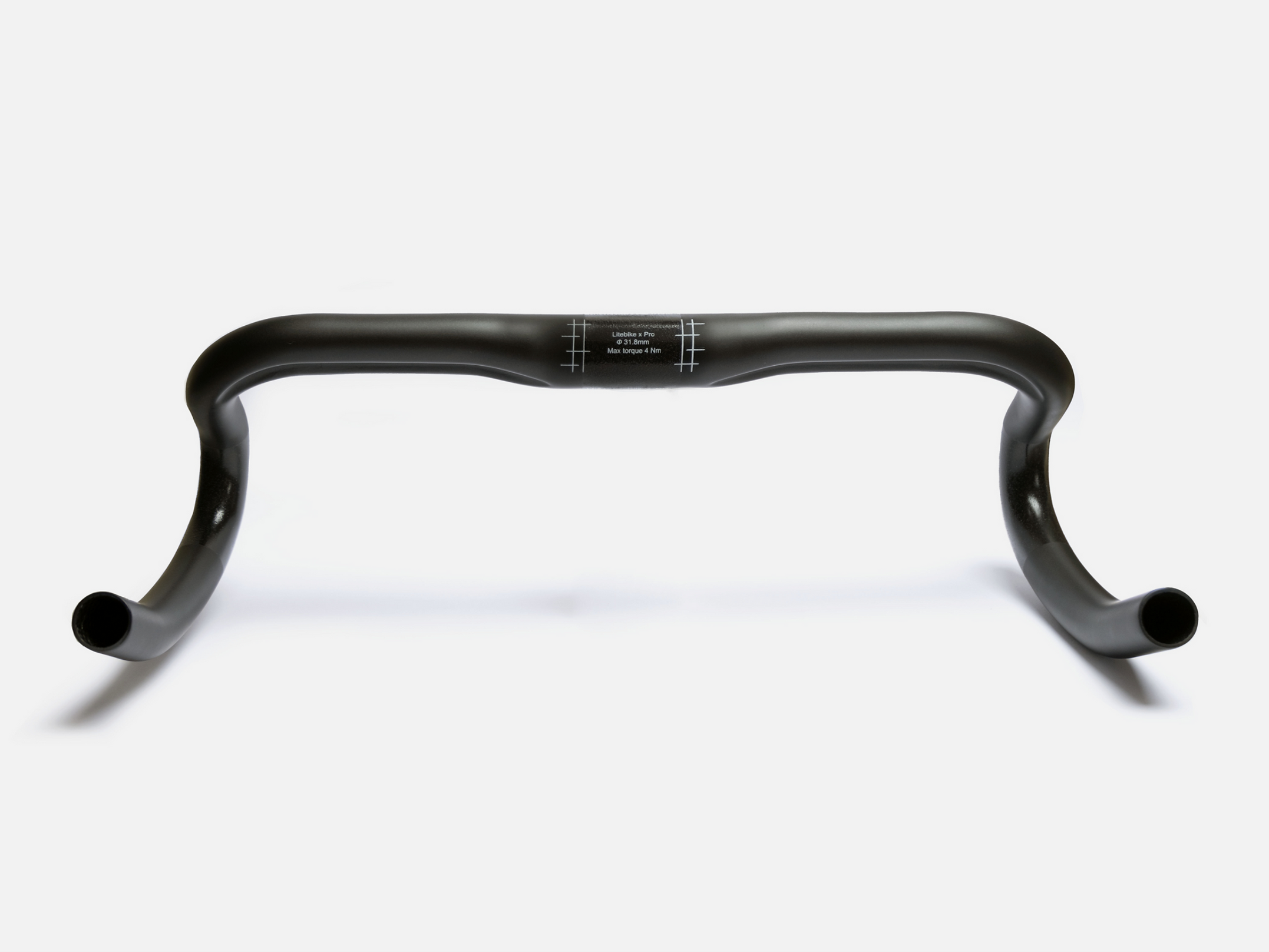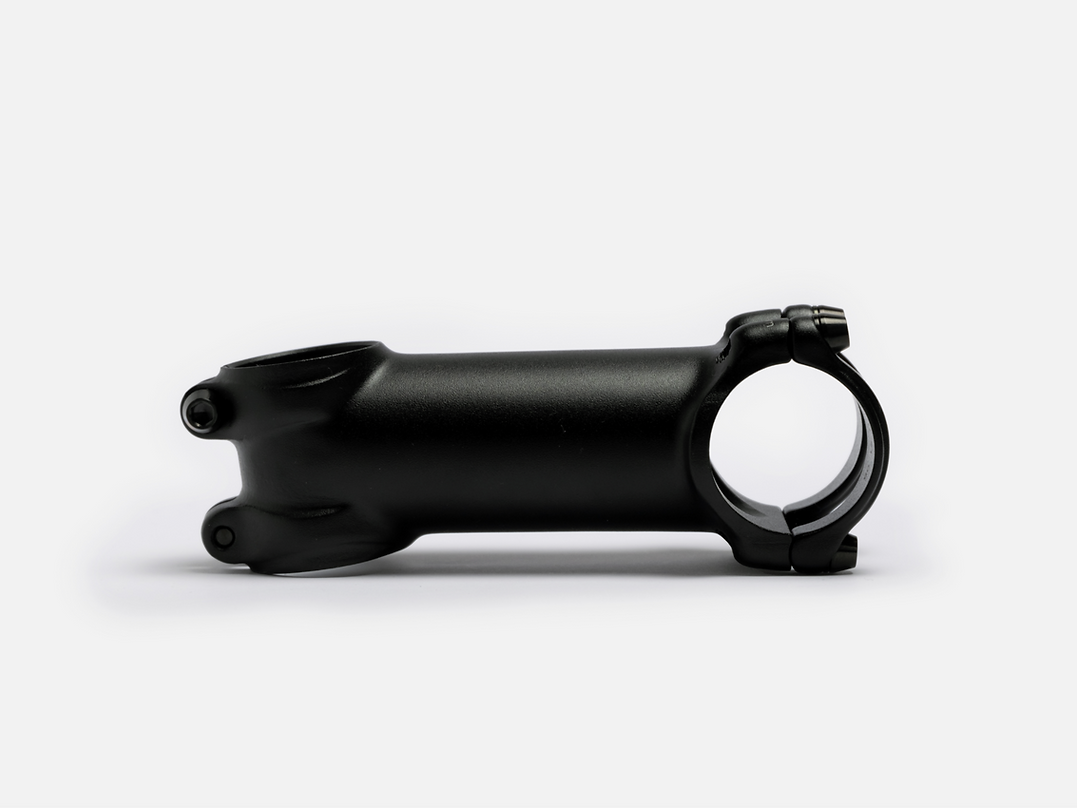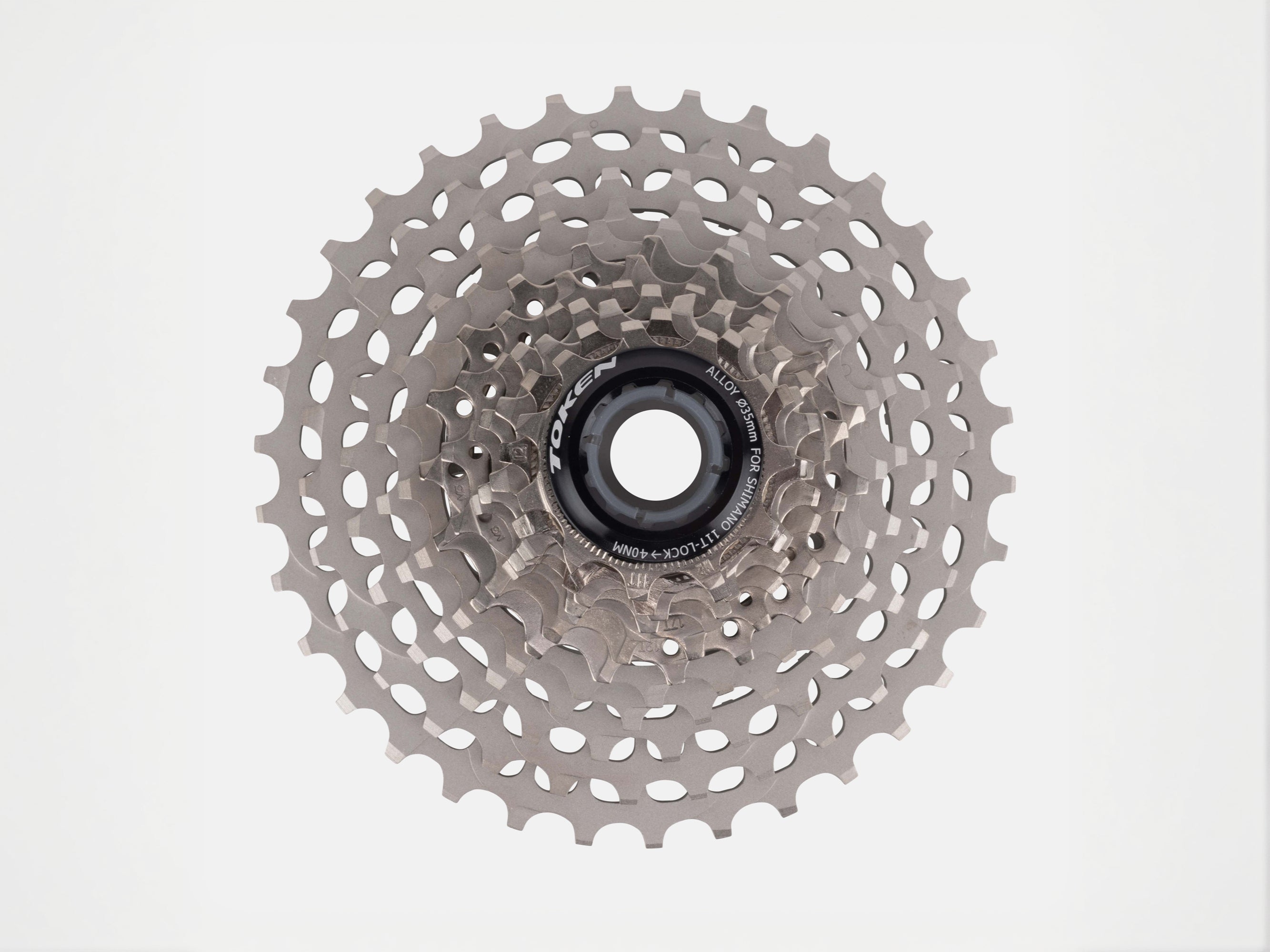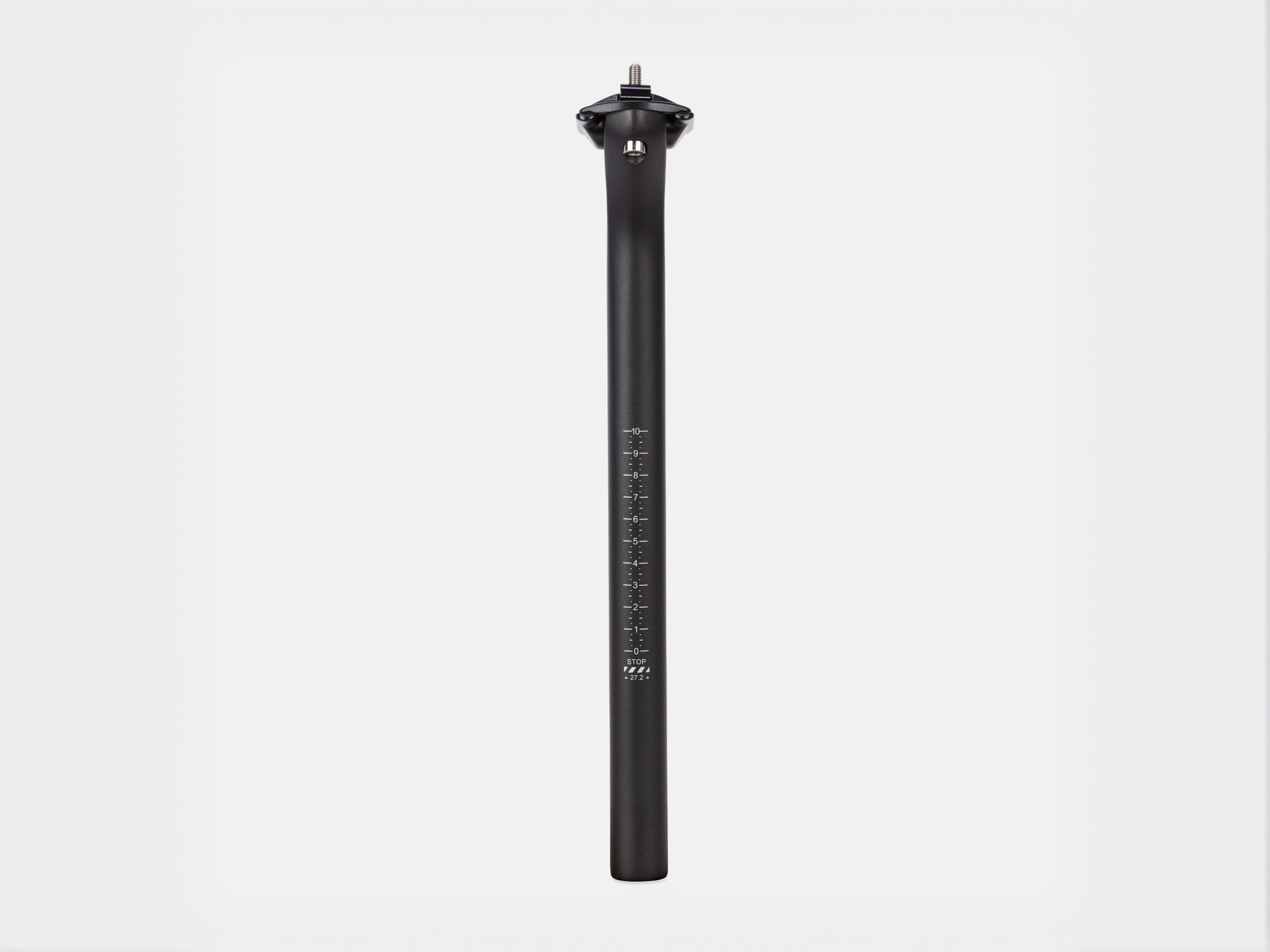Few components of a bike garner less attention yet wield more influence than the cassette. This unassuming cluster of sprockets on the rear wheel quietly influences how effectively a rider can sprint, climb, and endure. But delve into its evolution, and there’s a story that mirrors the sport itself: one of grit, adaptation, and relentless innovation.
Today, a professional cyclist’s cassette selection is as finely tuned as their training regimen, with sprocket sizes carefully chosen to match the terrain and demands of the race. While these decisions may seem esoteric, the evolution of cassette sizes reveals how professional cycling has shifted over decades - and how technology continues to push the boundaries of what’s possible.
How Bike Cassettes Work
The cassette’s influence is deceptively simple. Each sprocket corresponds to a gear, with the smallest offering high speeds (harder to pedal) and the largest enabling easier pedalling for climbs. The numbers refer to the teeth on the smallest and largest sprockets - for example, a 11-28 t cassette ranges from 11 teeth to 28.
On flat terrain, smaller sprockets and close ratios (11-23 t or 11-28 t) allow riders to fine-tune their cadence and maximise power. On mountain stages, larger sprockets (11-32 or 11-34) help riders maintain momentum on punishing gradients. Gravel cyclists prefer even larger sprockets of up to 36 teeth and higher. The best cassette size for road bikes depends on what type of cycling you do most, but you’re unlikely to go wrong with an 11-28 or 11-32 t cassette.
For professionals, cassettes must strike the perfect balance between efficiency and adaptability. A sprinter will select tight ratios to stay explosive, while a climber may prioritise a larger sprocket to save energy for decisive attacks on uphill battles.
From Five-Speed to 12-Speed Cassette
The cassette has not always been the marvel of engineering it is today. In the mid-20th century, road bikes featured five or six gears, often with minimal differences between sprocket sizes. Riders relied heavily on brute strength to tackle climbs, a testament to the physical demands of cycling’s early days.
It wasn’t until the 1980s that the advent of indexed shifting revolutionised the game. Companies like Shimano and Campagnolo introduced smoother, more reliable transitions between gears. Suddenly, eight-speed cassettes offered a broader range, making mountainous terrain less of a slog.
The 2000s brought the rise of 10- and 11-speed systems, with sprockets that combined wide ranges with tight steps. Compact chainrings also emerged, giving riders easier access to lower gears without sacrificing speed on descents. Fast-forward to today, and 12-speed cassettes like our 11-28 t TOKEN collaboration dominate. Advances in derailleur capacity and electronic shifting mean even the largest sprockets can be used without compromise - a necessity in races where climbs exceed 20% gradients.
Two factors seem to explain this evolution: the courses and the competition. Modern race routes are designed to push riders to their limits. Steeper, longer climbs feature prominently in the Grand Tours, while spring classics demand bikes capable of handling cobbled climbs and fast finishes. Meanwhile, the peloton’s growing emphasis on marginal gains has made every watt of energy savings crucial.
Technology has responded. Lightweight materials and fine-tuned CNC machining has enabled full hollow construction that means even larger cassettes don’t weigh riders down, while electronic drivetrains ensure seamless shifting under load. As a result, today’s professionals have a level of flexibility unthinkable 30 years ago. Riders can choose cassettes with up to 32 teeth without sacrificing efficiency on flatter stages.
Lessons for the Rest of Us
Though most cyclists aren’t battling for yellow jerseys, cassette selection remains an art worth mastering. Think about your terrain: a versatile 11-28 will suit most riders, while a bigger lightweight cassette for climbing like 11-32 can make climbs feel more manageable.
The evolution of cassettes is a reminder of cycling’s essence: adaptation. From Merckx grinding up climbs with a five-speed to Pogacar spinning effortlessly with 12 gears, the cassette is a symbol of how the sport, and its tools, continue to evolve. For the pros, every tooth matters. And for the rest of us, choosing a lightweight cassette like from our Litebike x TOKEN collaboration of lightweight 11 speed and 12 speed options (compatible with Shimano HG and Sram freehubs) can make every ride a little smoother, faster, and more enjoyable.








